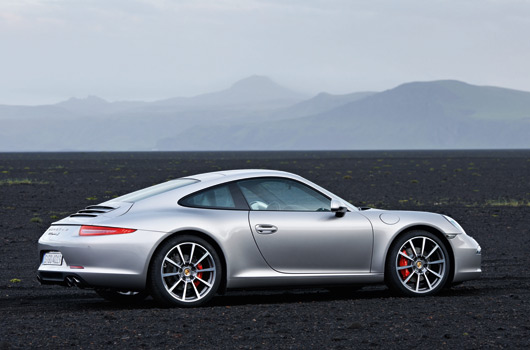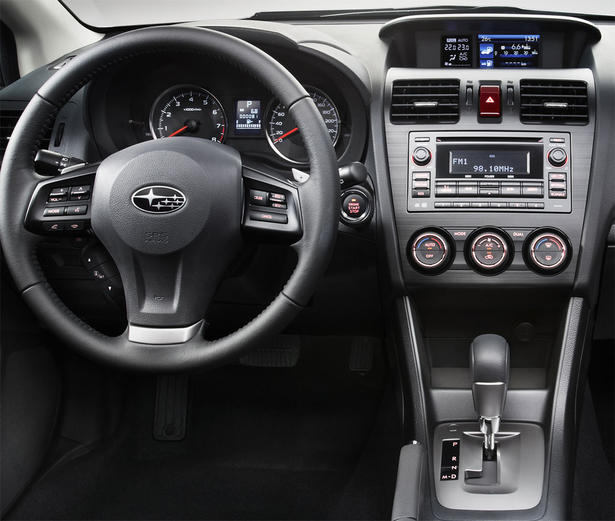The M5’s lineage can be traced back to 1980, where it took the crown of being the fastest production car in the world. Over three decades later, we come to see how the latest M5 has evolved over time.
· Design & Engineering:
From the front, BMW’S M division has taken extra measures to add looks of aggression to the vehicle. M3 like air intakes, M-styled black double kidney grills, flared wheel arches, M-signature ‘gills’, specially-styled wing mirrors, quad exhausts, 20-inch double spoke alloy wheels, and a subtle boot lid spoiler help to provide an inner fire for the M5. In addition to 20-inch rims, gargantuan brakes and blue calipers merge couple perfectly with a lowered suspension, providing for a purposeful stance. As always, the signature ‘M’ logos are hidden in nooks and crannies, adding towards a more ominous and sinister feel.
· Interior
Already, the standard 5-series provides a tasteful, comfortable, and refined interior, edging it ahead of fellow German marque. With the M5, the standard 5-series cabin has been dressed up ever so tastefully and rather, verbosely as well. For instance, the cabin features bespoke M Sports seats, Merino leather upholstery, Aluminium Trace interior trim strips, as well as a BMW Individual roof liner in Anthracite (or specified to your taste). Up front, a 330km/h speedometer that still uses classic BMW M circular dials with red needles and white illumination sits gracefully above the blue and red stiched leather steering wheel. The steering wheel features multiple commands that operate the cruise control, radio, telephone, and so on. On the left side of the wheel, two M buttons which can call up pre-configured settings for the car rest proudly on the wheel. Such settings are configured through the easy to use i-Drive system, which also allows one to set the information displayed on the Head-up-Display. Being the crème de la crème of the 5-Series range, oodles of customization and personalization can be offered, though as always, at a cost. For instance, the test car featured cherry/tomato red Merino leather, with an Anthracite roof liner. That could be changed to say, Merino leather in deep sea blue with beige stitching and a warm champagne coloured roof liner in suede. At the rear, being the best of both worlds, the M5 offers space for a family of five, with three adults able to fit comfortably in the rear seats, lined with expensive leathers. Compared to its predecessor, the M5 features a rather versatile suspension, and unlike the previous M5, does not hurt your back or realign your bones after going for a trip to the store.
· Ride & Handlings
For years, BMW M Division vehicles have only used naturally aspirated engines. For the first time in automotive history though, BMW has decided to implement a smaller, 4.4-liter turbocharged V8, which still produces a whopping 560BHP—10% more power than the previous M5. This new engine is also more powerful than Mercedes’ AMG turbocharged 5.5-liter V8 featured in the M5’s rival—the performance pack E63 AMG. Though this twin-turbo charged engine does not rev as high as the previous model, the engine still produces soul-stirring grunts and howls, when revved above 4000 RPM. This is where BMW cheats. Sorry. This is where automakers such as Porsche (with the new 911) cheat as well. In the same style of the new 911’s Sound Symposer, as the new M5 will never sound as intoxicating as the previous M5’s naturally aspirated V10, more of the new M5’s exhaust note is filtered into the cabin via surround sound speakers. To make up for such sneaky tactics, the gearbox in the new M5 is now a more contemporary, more efficient, and quicker shifting M DCT Drivelogic dual clutch unit. This allows the driver to select the sportiest, relaxed, or efficient driving styles, all via a rocker switch. In addition, launch control now becomes a standard feature.
· Verdict
Overall, the new M5 features the latest in automotive engineering and technology, coupled with comfort, looks, and everyday practicality as well. Despite facing stiff competition from Mercedes’ E63 AMG, Jaguar’s XFR, and (soon-to-debut) Audi’s RS6, the new M5 still claims the top spot—just as it has been doing since 1980.
o Pictures from:














